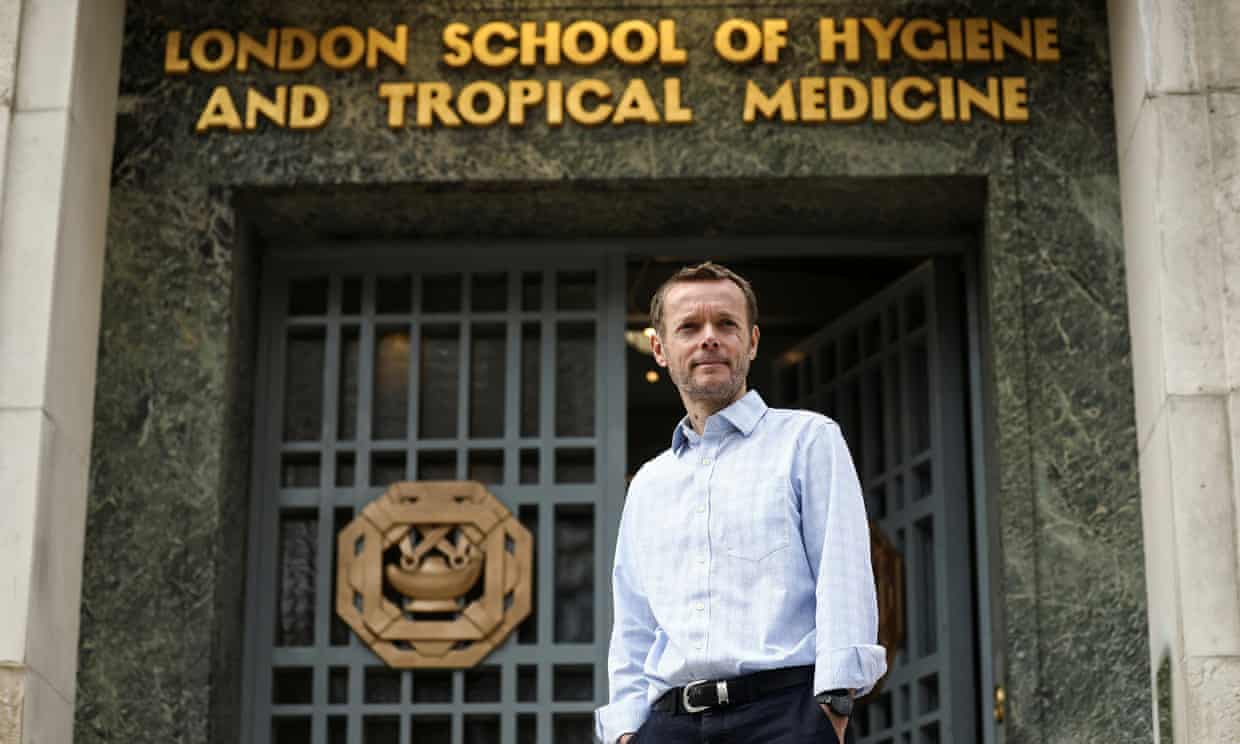
Coronavirus outbreak
Covid-19 spreading too fast to lift lockdown in England – Sage advisers
Scientist says 8,000 daily coronavirus infections makes relaxing restrictions too risky
by Sarah BoseleyGovernment advisers have voiced unease over the decision to lift England’s lockdown while thousands of people a day are still becoming infected with the coronavirus, warning that loosening restrictions could easily lead to a second wave.
“We cannot relax our guard by very much at all,” said John Edmunds, a professor of infectious disease modelling at the London School of Hygiene and Tropical Medicine who attends meetings of Sage, the scientific advisory group on emergencies.
There are still 8,000 new infections every day in England without counting those in hospitals and care homes, Edmunds said. “If you look at it internationally, it’s a very high level of incidence.” World Health Organization statistics suggest it is the fifth highest in the world.
“The issue is, clearly there’s a need to try and get the economy restarted and people back to their jobs and so on, and also there’s a social and a mental health need to allow people to meet with their friends and families,” he said.
“I think many of us would prefer to see the incidence driven down to lower levels because that then means that we have fewer cases occurring before we relax the measures.
“I think at the moment, with relatively high incidence and relaxing the measures and also with an untested track and trace system, I think we are taking some risk here.”
Edmunds’ call quickly won backing from other scientists with Jeremy Farrar, who also attends Sage and is director of the Wellcome Trust, tweeting: “Covid-19 spreading too fast to lift lockdown in England. Agree with John & clear science advice. TTI [test, trace and isolate] has to be in place, fully working, capable [of dealing with] any surge immediately.” He said results from tests would required quickly and “"infection rates have to be lower”. Farrar pointedly added that the authorities’ capabilities in these areas also had to be “trusted”.
The reproductive R rate is between 0.7 and 0.9, said Edmunds, who is part of several groups of mathematical modellers who combine their data to calculate the number.
Without any sort of containment, R would be between three and four, he said, meaning that each infected person would transmit the virus to three or four others.
The aim of the lockdown was to suppress it below one, at which point the number of new cases continues to shrink. But if R reaches one, and allowing more social mobility could easily allow it to rise, the number of people becoming infected each day remains the same.
That could mean 8,000 cases a day, he said. “If there’s a 1% fatality rate, that’s about 80 deaths a day. If there’s a0.5%, that’s 40 deaths a day. So that’s the number of deaths per day that we might expect to see going forward.”
It was for ministers to decide what to do, he said. That impact on health had to be set against the wider impact of the lockdown on society and the economy. “That’s clearly a political decision. It’s not a scientific decision,” he said.
Mark Woolhouse, a professor of infectious disease epidemiology at the University of Edinburgh and also a member of the Sage modelling group, Spi-M, said there was very little chance of eradicating the virus. “That was the World Health Organization’s strategy in the early stages of this pandemic. That’s a strategy they only formally abandoned a few weeks ago. And given that yesterday saw the highest number of cases reported globally ever, global eradication doesn’t look like happening any time soon,” he said.
The relationship with Covid-19 we have had for five months “might turn out to be a lifelong relationship”, he said. It is not possible to maintain physical distancing for ever and there is no vaccine yet. “A second wave really is a clear and present danger,” he said.
He was not making predictions, he said, but intensive surveillance, large-scale screening, effective contact tracing, isolation of cases, quarantine for international arrivals and some residual physical distancing “is a possible new normal”, he said.